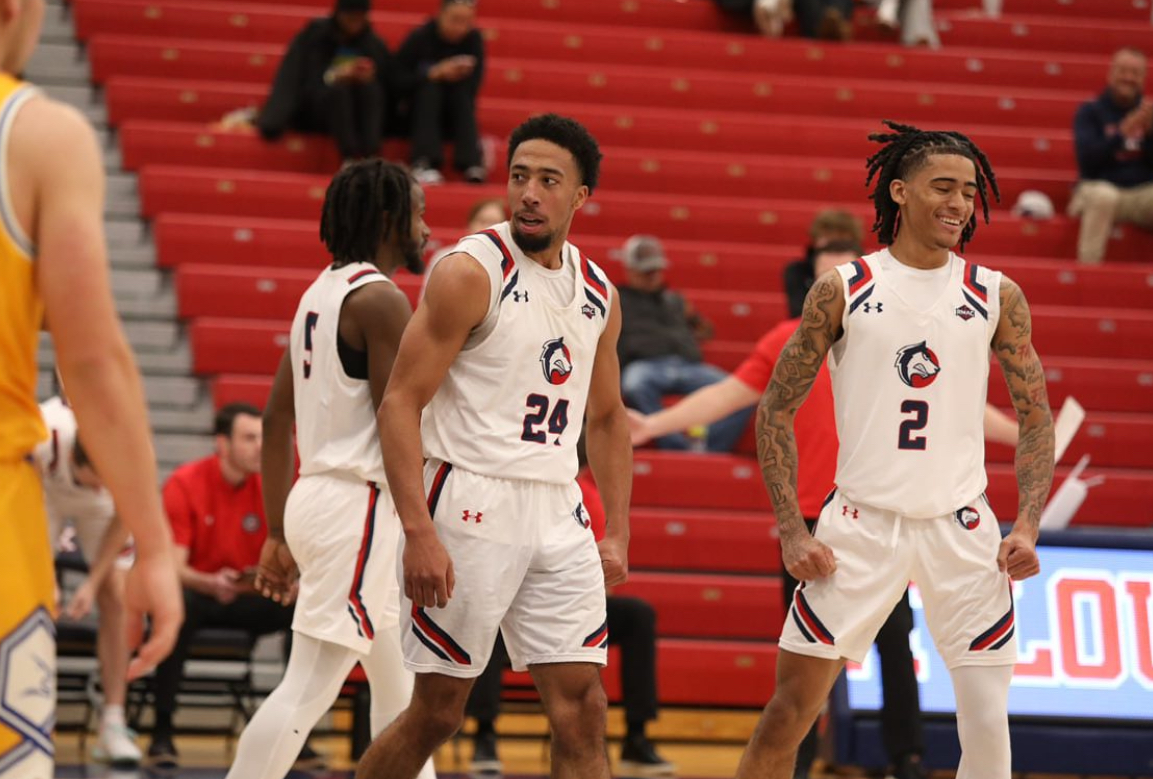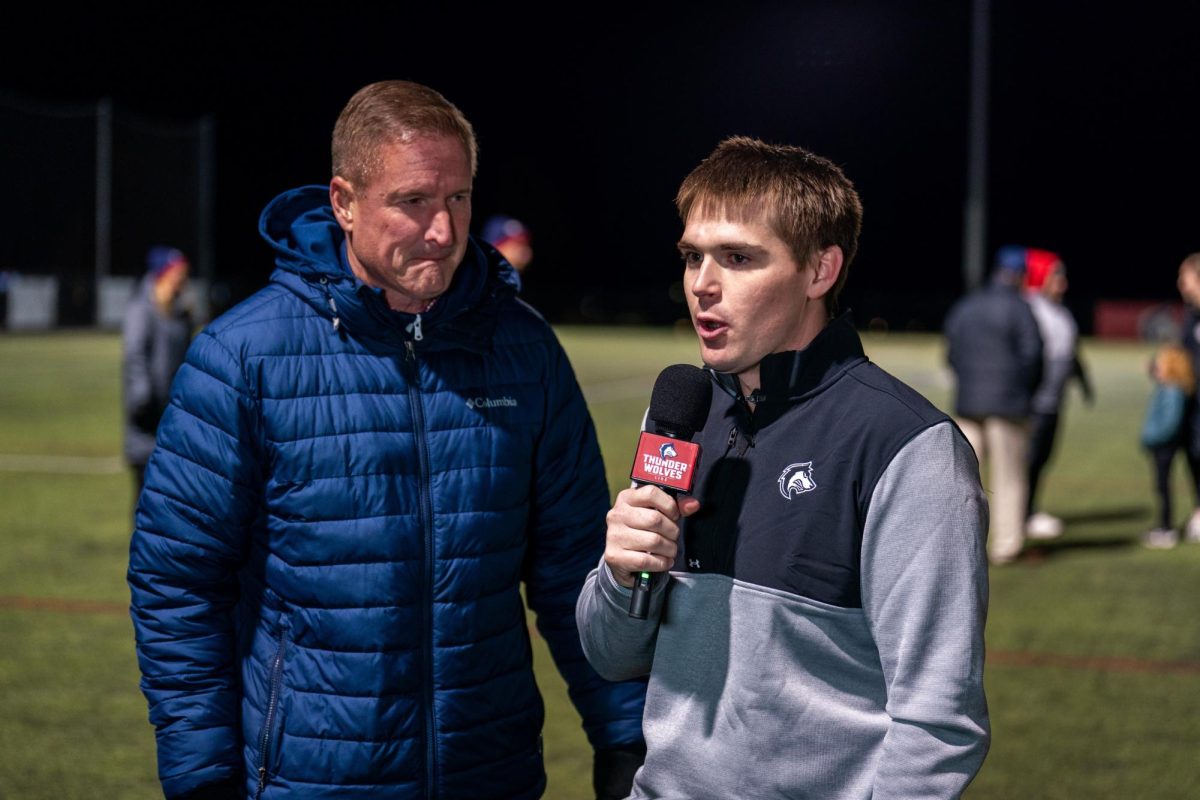No matter if it is at a small Division III school or in the professional ranks of the NFL, NBA and MLB, football coaches bring in the most dough.
Every level of coaching is different. The talent pools are different, the work ethics are different and the attitudes of the athletes are different. The one constant in the competitive world of sports, though, is the trend that football coaches make more than coaches of other sports.
There are many reasons this happens, but Colorado State University-Pueblo athletic director Joe Folda thinks he has found the main one. Generally, spectator sports such as football and basketball bring in more revenue for the school, said Folda who is in charge of hiring coaches and deciding what to pay them.
That revenue equates to a more robust salary for the coaches of these sports.
“It’s the same way in professional sports. NFL, NBA coaches make more than soccer coaches,” Folda said. “It’s the same hierarchy.”
The average NFL coach’s yearly salary is about $3.2 million while the highest paid Major League Soccer coach doesn’t crack the $1 million a year mark. Of course, that probably changes if you look at most countries in Europe where soccer, or futbol, reigns supreme.
Like every rule, there are exceptions to this one as well. While the official staffing pattern from 2008 could not be obtained for this article, it should come as no surprise that in 2005 head basketball coach of the Duke University Blue Devils, Mike Krzyzewski, made more money than the football coach.
Certainly being a perennial-power house program didn’t hurt. According to the Associated Press, Coach K’s $1.5 million salary was not only more than the football coach, it was more than anybody at Duke University, including nearly three times the president of the university at the time, Nan Keohane.
CSU-Pueblo is not an exception to the rule though. Nobody at the university batted an eye when first-year football coach of a brand new program, John Wristen, was hired and received a $65,000 salary. That was only to practice the new team and recruit. Like most everyone at the school, Wristen got a raise and is now making $67,600.
“If a university can pay more to a coach or a position, you’re going to increase the talent in the pool of applicants,” Folda said is the reason Wristen was hired on at such a high starting salary.
Head coach of the men’s basketball team Pat Eberhart, who is now in his fourth year, makes $55,697 and fourth-year head coach of women’s basketball, Kip Drown, brings in $57,330.
The next highest paid coach is baseball skipper Stan Sanchez, who has been with the school since 1994, at $52,410. The highest salary after Sanchez drops down to the $45,000 assistant football coach, William Hughes, pulls in.
Folda attributes football-generated revenue to the reason for Hughes making more than the rest of the head coaches at the university.
Those numbers are pretty standard for the rest of the Rocky Mountain Athletic Conference as well.
At Adams State College the football coach makes $75,000, the men’s basketball coach makes $57,108 and the women’s basketball coach brings in $61,464.
At Mesa State College, the football coach earns $61,048, the men’s basketball coach receives $54,122 and the women’s basketball coach collects $53,949.
At University of Nebraska-Kearney things work a little differently. The coaches are paid to coach and teach college courses. Their salaries are $64,989 for football, $52,176 for men’s basketball and $60,526 for women’s basketball.
Folda did give some other reasons why some coaches make more than others. Success and interest topped the list.
He said the Fort Lewis head soccer coach Tim Hankinson makes a lot more money than the average RMAC soccer coach. The reason for this, Folda said, was because he has won several national championships. Hankinson also has MLS coaching experience.
Attend any set of home basketball games at CSU-Pueblo this year and you’ll quickly come to the conclusion that more people attend the men’s games than the women’s. That doesn’t necessarily equate to a higher salary for Eberhart though.
This is because of the success Drown has had with his team. They’ve reached the Division II National Tournament twice in his short four-year span, earning him the higher raise at the end of the fiscal year.
It’s Folda who looks at the athletic budget to decide who gets what amount of a raise at the end of the year.
He said he looks at two main things when deciding on these raises. The first thing he looks at is strictly an evaluation of the coach’s performance. Not just winning and losing, but he looks at what kind of job the coach is doing with his student-athletes. The performance includes what the coach does in the athletic department to help out, if his athletes are graduating and of course if the coach is winning.
The second thing Folda said he looks at isn’t quite so tangible. If Folda thinks he has a coach who is being underpaid considering the amount of work they put into the team, he said he’ll do whatever he can to make sure to get that coach bumped up.









